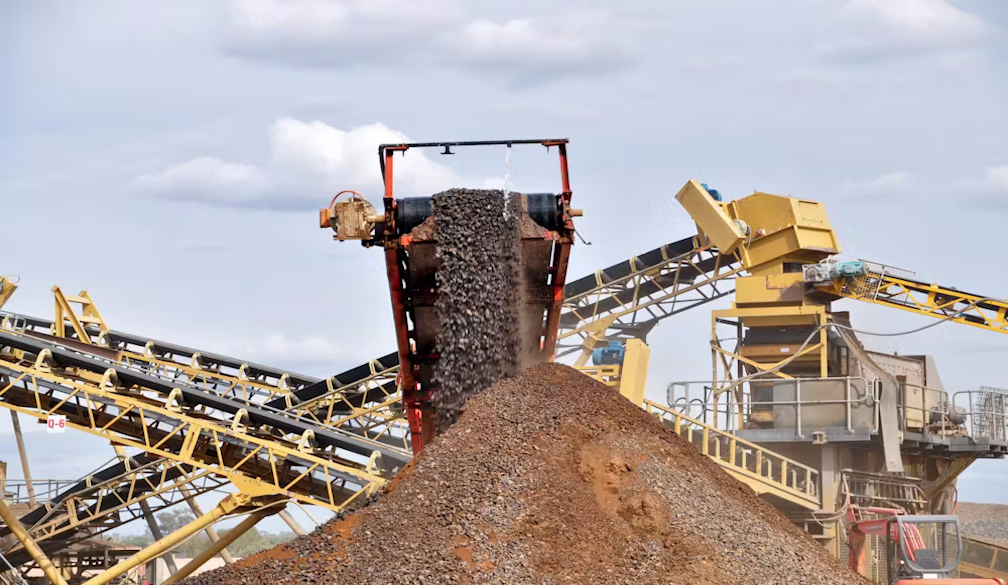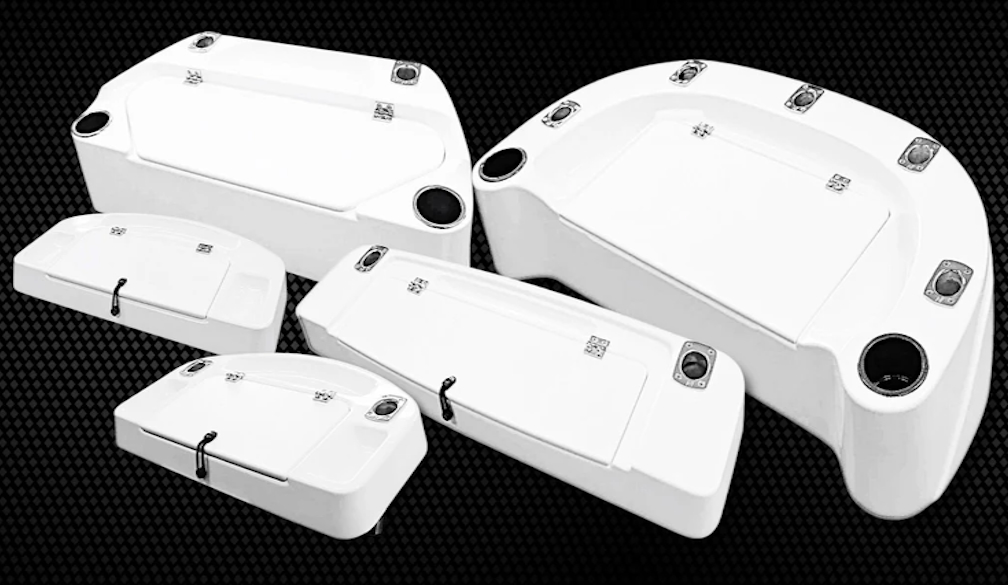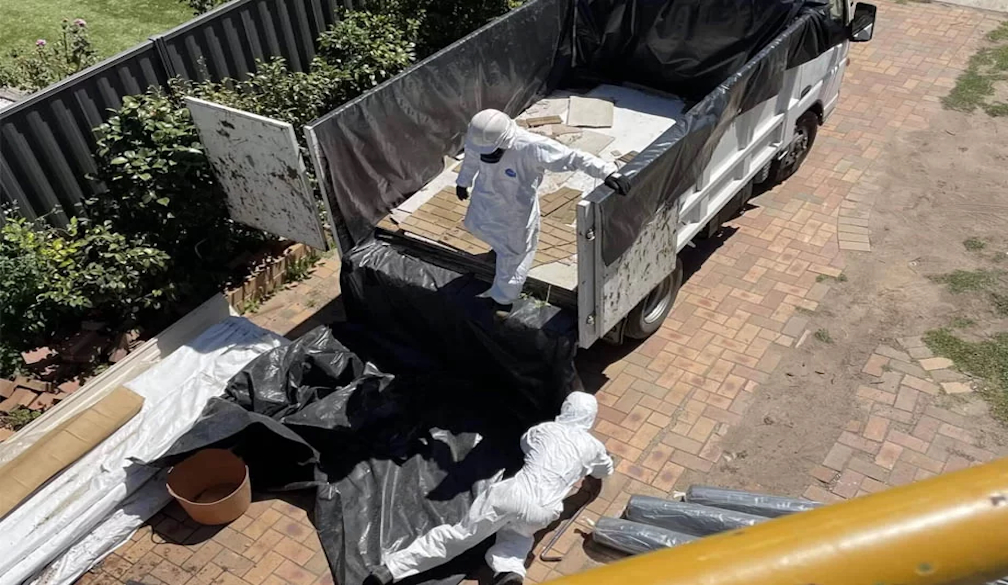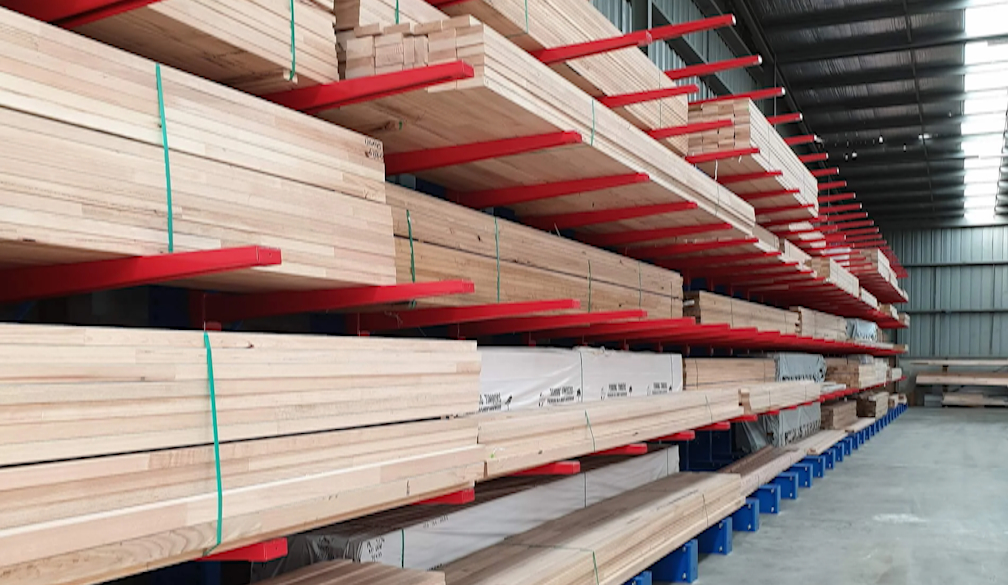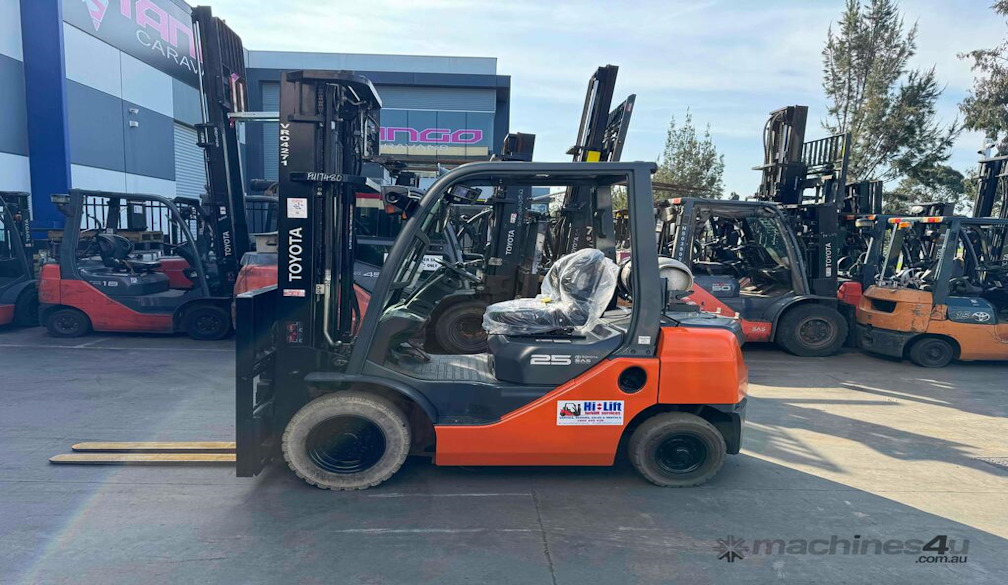A Guide to Navigating Employment Law for Employers
- Written by The Advertiser

Employment law can be a complex field to navigate, especially for employers who must ensure compliance while managing day-to-day business operations. Understanding the intricacies of employment legislation is crucial to prevent legal disputes and create a positive workplace environment. Consulting with employment lawyers can provide valuable insights and help employers stay up to date of changing legislation and their legal obligations. This guide will aim to highlight key areas of employment law that employers should be aware of.
Understanding Employment Contracts
An employment contract forms the foundation of the relationship between employer and employee. It's essential that these contracts are clear, comprehensive and compliant with current legislation. Employers should ensure that contracts include terms regarding salary, working hours, duties, confidentiality and termination conditions. Regularly reviewing contracts with employment lawyers can help identify any clauses that may be outdated or non-compliant with new laws.
Adhering to Anti-Discrimination Laws
Employers have a legal responsibility to provide a workplace that’s free from discrimination and harassment. Anti-discrimination laws protect employees from unfair treatment based on protected characteristics such as age, gender, race, religion and disability. Employers must implement policies that promote equality and diversity, and provide training to staff to prevent discriminatory practices. Employment lawyers can assist in developing these policies and addressing any issues that arise.
Managing Dismissals & Redundancies
Handling dismissals and redundancies requires careful attention to legal procedures to avoid claims of unfair dismissal. Employers must have a valid reason for termination and follow a fair process, including providing appropriate notice and offering a right of appeal. In redundancy situations, employers should consult with affected employees and consider alternative employment options where possible. Seeking advice from employment lawyers can help ensure that dismissal processes comply with employment law.
Ensuring Compliance with Working Time Regulations
The Working Time Regulations govern aspects such as maximum weekly working hours, rest breaks and annual leave entitlements. Employers need to monitor working hours to prevent employees from exceeding the legal limits and ensure they receive the required rest periods. Accurate record-keeping is essential for demonstrating compliance. Employment lawyers can offer guidance on implementing systems to manage working time effectively.
Protecting Employee Data
Employers must handle employee data with great care. This includes obtaining consent for data processing, ensuring data security and allowing employees access to their personal information upon request. Employers should establish clear data protection policies and provide training to staff involved in data handling. Consulting with employment lawyers can help navigate the complexities of data protection laws.
Engaging with Trade Unions & Employee Representatives
In workplaces where trade unions or employee representatives are present, employers must engage in collective bargaining and consultations on matters affecting the workforce. This includes negotiations on pay, working conditions and organisational changes. Maintaining open communication channels can foster positive relationships and prevent disputes.



